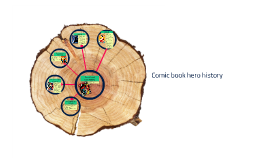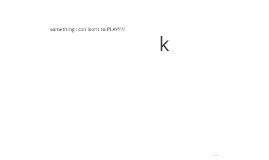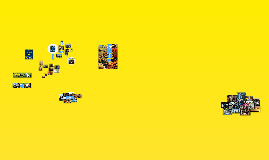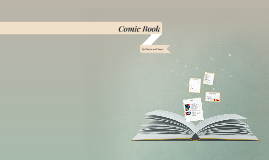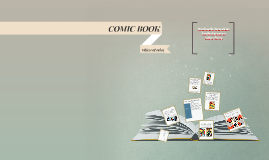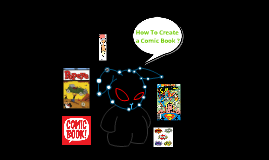Comic Book
Transcript: How To Create a Comic Book ? Publisher The writer of a comic book tells the story through words, which the artist then turns into pictures. It is the writer’s job to set things up like characters, plot, setting, dialog, and other elements like pacing, action, emotion, and closure. The writer is the visionary of the team, creating the basic world, who lives in it, what they do, and who dies or lives. Writer/Story The Inker takes an artists pencils and goes over them in ink, taking the image and turning it into a really nice work. The dark ink lines makes the art jump off the page. it also helps to add depth and dimension in it.back in the day inking was mostly used to prepare the comic page for printing because the printer would pick up the light pencils. Computer: – The computer is an extremely useful tool for the comic book inker. Comics are truly entering a digital age and so some inkers will get an image to look really smoth not like original art. Throughout this process, the editor oversees production quality. If something is wrong, they get the creator or another person to fix the mistake, sometimes even doing it themselves. The editor is the last line of defense for finding errors and ensuring that it is a quality comic book. The publisher of a comic book is the one to release the comic to consumers. This may have many roles in it. One may be that of editor, making sure content is good and up to the standards of the company or individuals. It may also take the role of a marketer, getting the word out on the comic to various news sources. It may also be a financial position, coming up with money to pay the various artists and printing costs. Another facet of publishing is retailing, or selling the comic online, to stores, or at conventions. Some people choose to do this themselves, and other turn to comic studios such as Image Comics or Dark Horse. •Honesty – Don’t make promises you can’t keep. Burning a bridge with one creator can lead to having many creators turn against you. The world of comics is actually very small, and people talk. If you are honest and open with people about contracts, schedules, pay, and other areas of your business, it can go a long way in protecting your reputation. Letterer Marketing The Incredible Hulk Its the pencillers job to take a script and give it form. Sometimes the script lays out exactly how things should look like and what they do. Sometimes there is only a main idea there to do. It is the pencillers job to take words and give them life in a way that makes sense. it has to make sence to be able to move the the story along, and has to be pretty sweet. Many artists use digital methods in creating comics. Its rare for the digital methods. Its usually used in inking, coloring, and lettering. Not only is the X-Men one of the top superhero teams out there. Joss Whedon and John Cassaday have been enjoying huge amounts of success with their run on this comic. The popularity of the comic is enormous and this comic book shows a creative team at the top of their game. Distributing Inker Artist/Penciller/Illustrator The colorists job is to apply color to a comic book. This is easier than it seems though. The job is broken up into two parts, flatting and coloring. In the flatting process, the basic areas of color are blocked out so the colorist knows what spaces to color what. In the coloring stage, the colorist applies not only the color, but adds lighting and shading to help give the three dimensional feel that comic books are known for. The colorist needs very different kinds of skills than the penciller and inker needs. Computer – Most coloring these days are done on a computer, and a Macintosh computer at that. That dosent mean that Windows machine can’t serve you for your coloring needs, but the industry standard is the Macintosh. if you Know how to use a Mac will actually help you get further in your career. Colorist The letterer provides the text and sound effects in a comic book. The key here is to add the text in such a manner that makes it easy for the reader to follow the story. There is certainly a lot of artistic creativity that goes into the process, having word balloons and sound effects look like what they sound like, but the letterer also needs to think about how the text will detract from the story and art if it is to bold, overpowering, or hard to read. Think Graphically – Letterers often take the role of a graphic designer, creating logos, titles, word balloons, sound effects, and more. Just creating the title in Comic Sans because it has the word comic in it is a way to get in serious hot water. You need to think about how those things will impact the page and story. Does it add to the experience? Take away from the art? Lead the reader to the next scene? These are the kinds of questions you need to think about when lettering. Editorial Greg Pack and artists Aaron Lopresti and Carlo Pagulayan have rocketed the Hulk in a story that is near rivaling the






